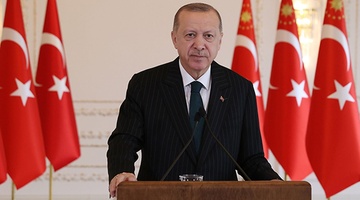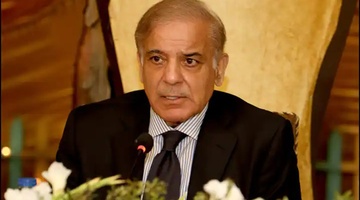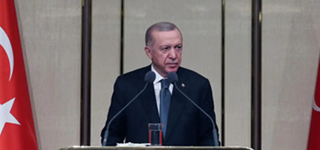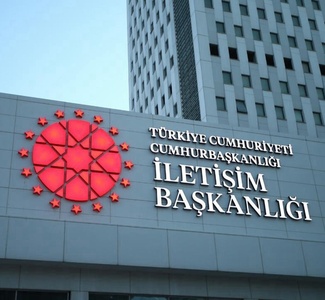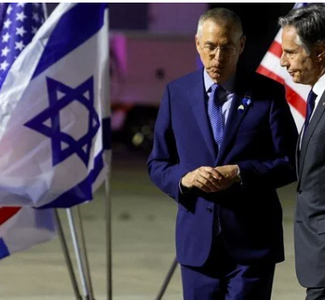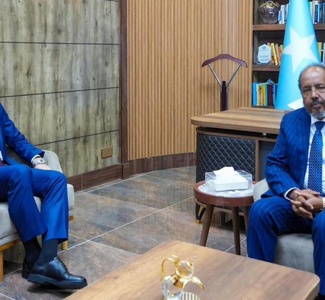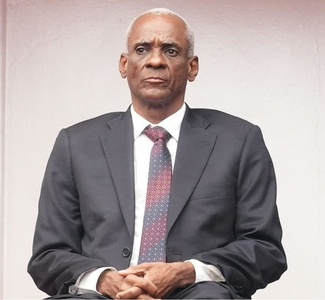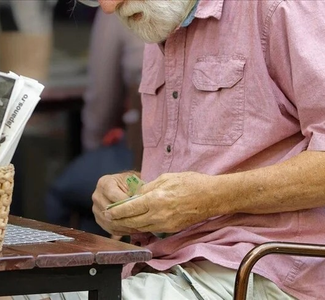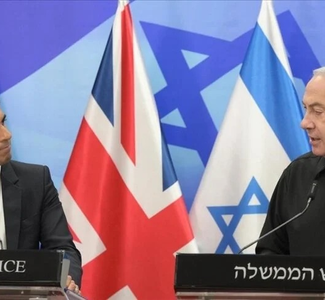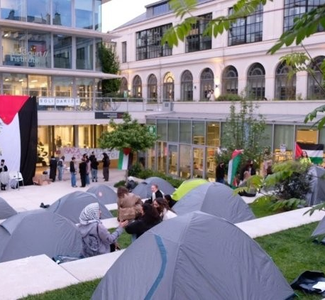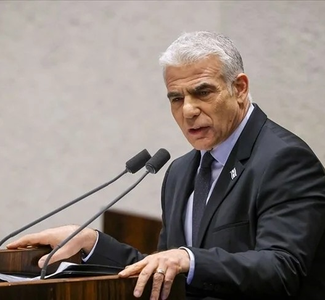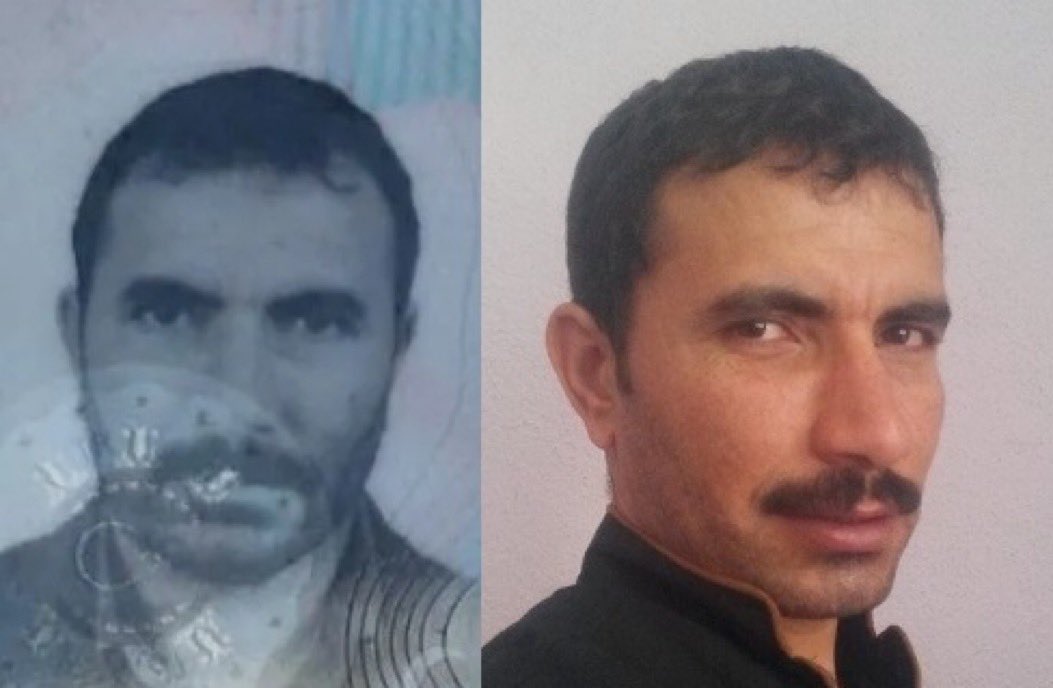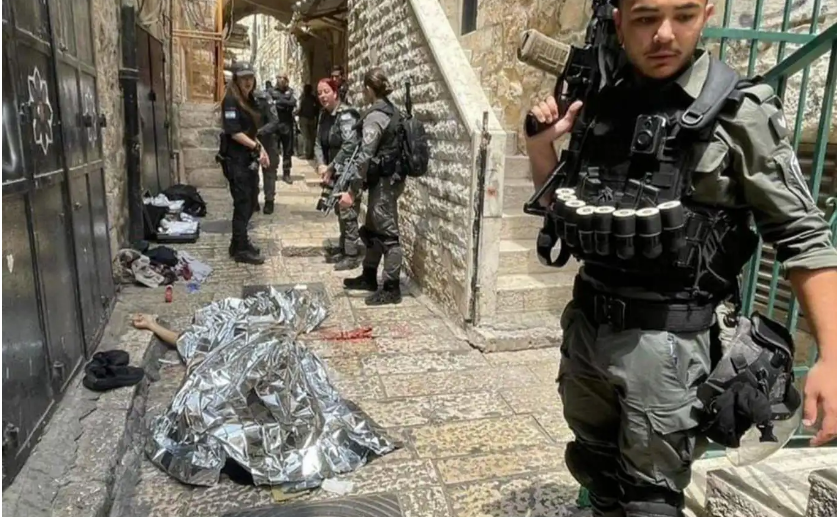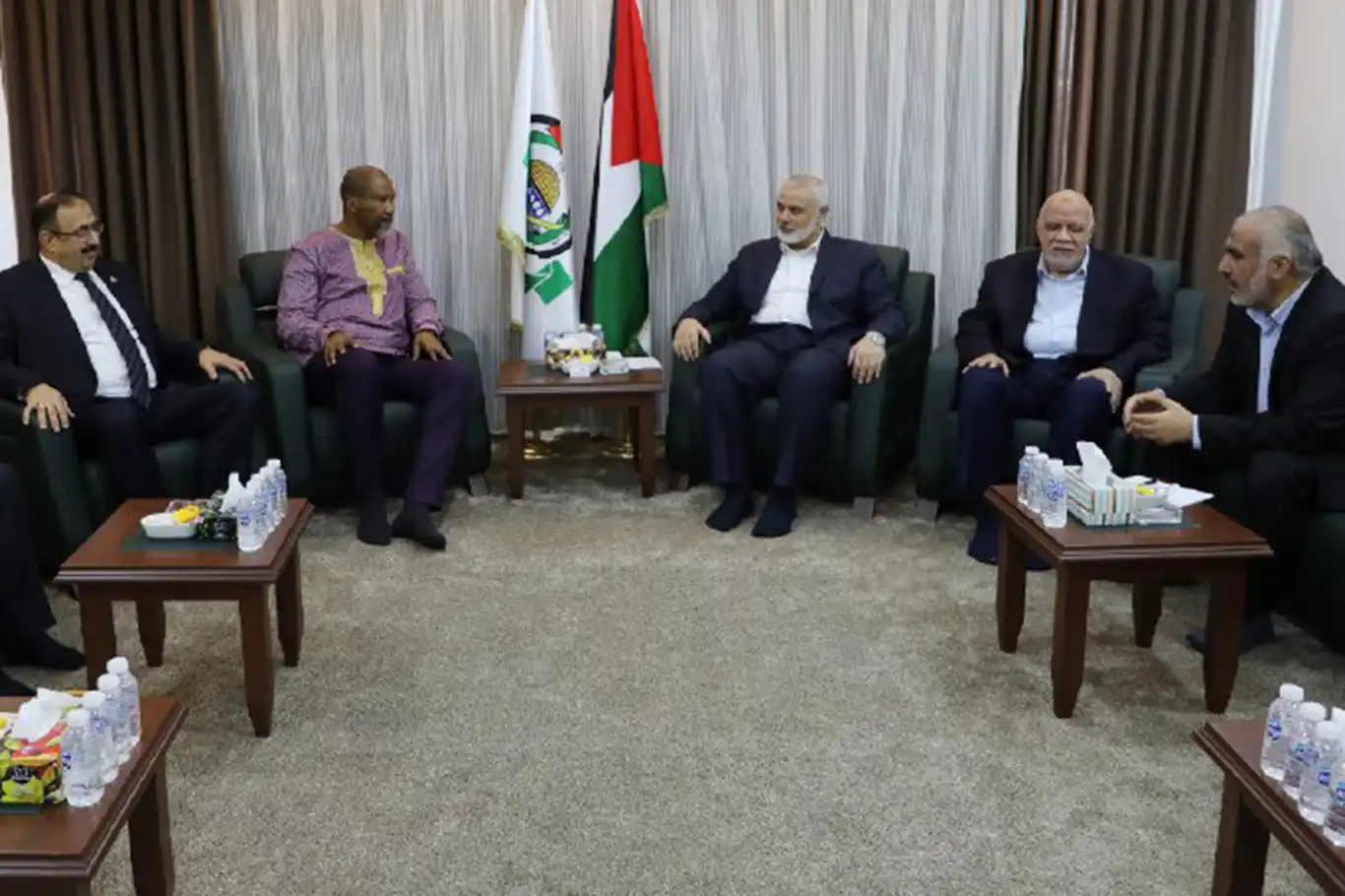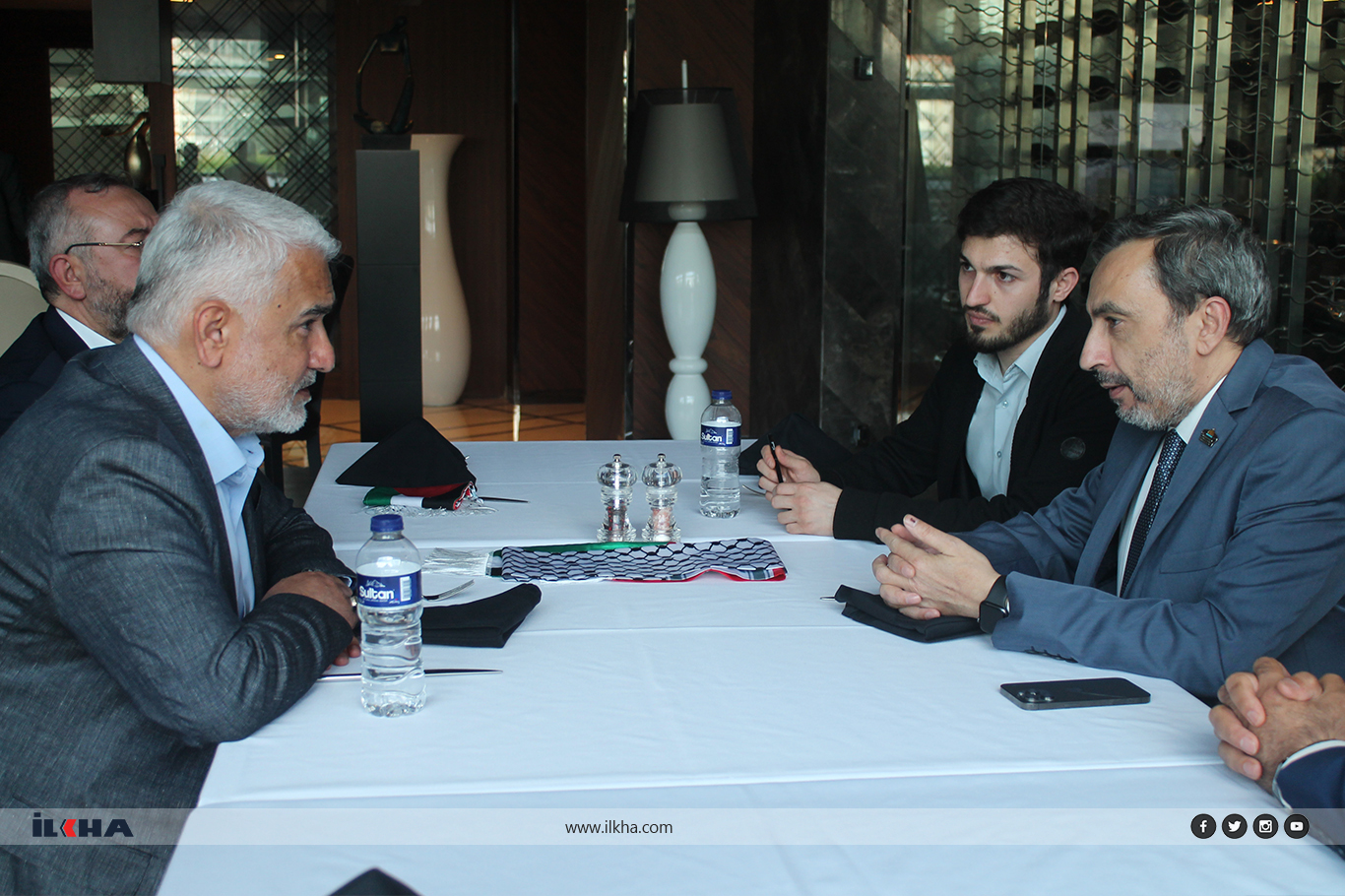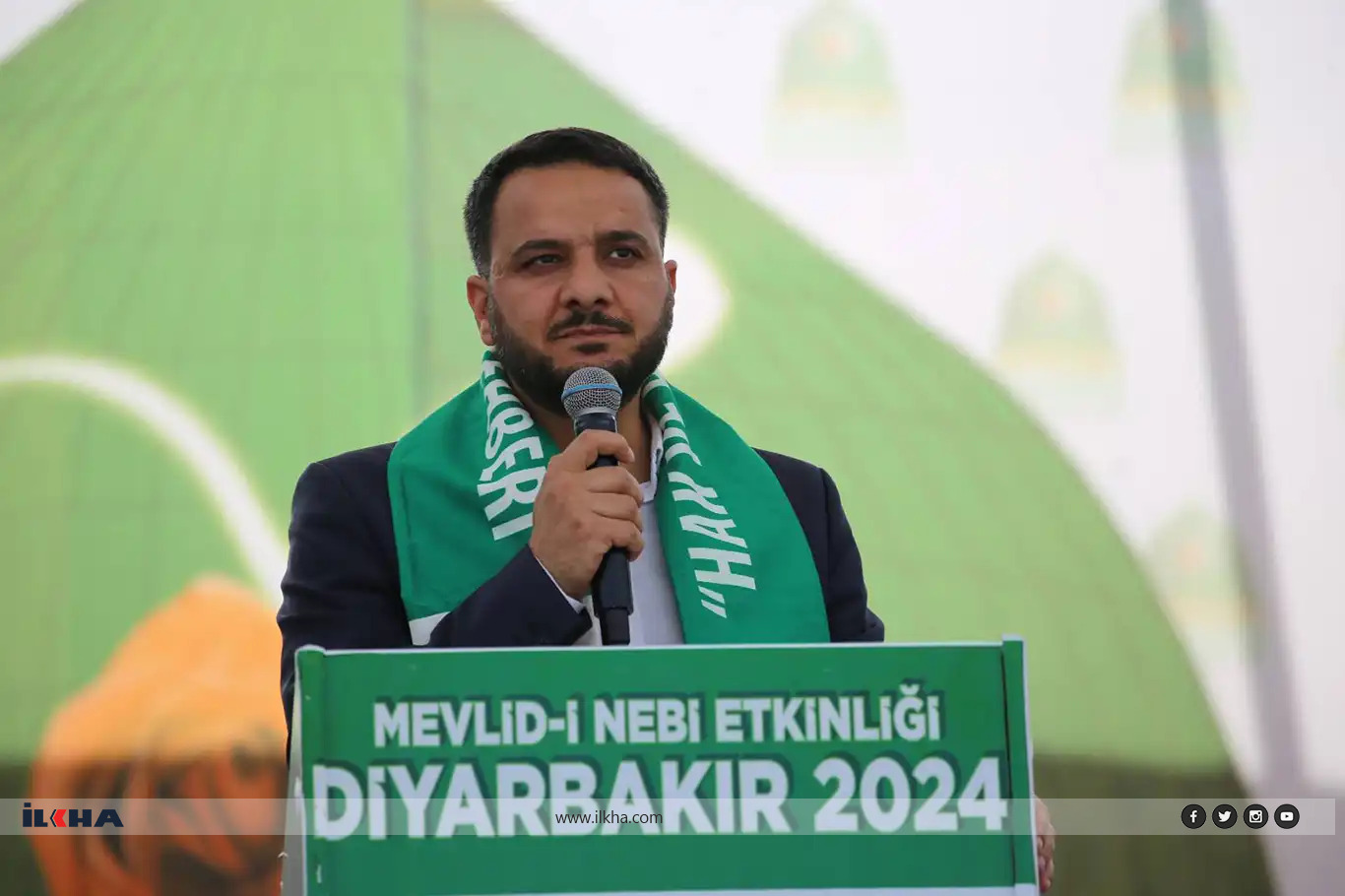Today marks the 33rd anniversary of Abdullah Azzam’s martyrdom
Sheikh Abdullah Azzam, who was martyred under mysterious circumstances on November 24, 1989, is still considered the “godfather” of Afghanistan’s Mujahideen-led resistance to Soviet occupation.
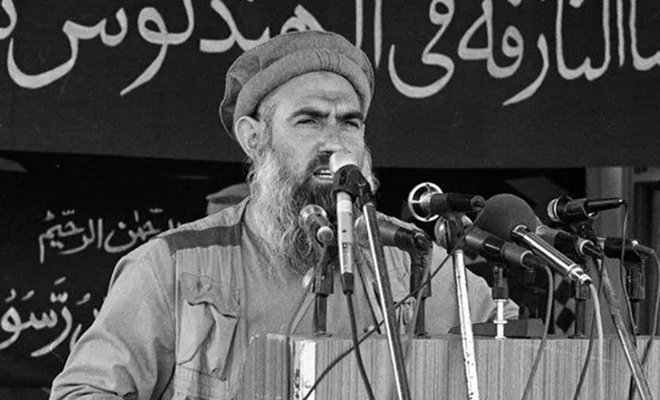
 Google News'te Doğruhaber'e abone olun.
Google News'te Doğruhaber'e abone olun. Abdullah Yusuf Azzam was born on November 14, 1941 in the Palestinian village of Silat al-Harithiya, about ten kilometres northwest of the city of Jenin in the West Bank, then administered under the British Mandate for Palestine.
Azzam is described by most of his biographers as being exceptionally intelligent as a child. He liked to read, excelled in class, and studied topics above his grade level.
In the mid-1950s, Azzam joined the Muslim Brotherhood after being influenced by Shafiq Asad `Abd al-Hadi, an elderly local teacher who was a member of the Muslim Brotherhood. Recognizing Azzam's sharp mind, Shafiq Asad gave Azzam a religious education and introduced him to many of the Muslim Brotherhood's leaders in Palestine.
Azzam became more interested in Islamic studies and started a study group in his village. Shafiq Asad then introduced Azzam to Muhammad `Abd ar-Rahman Khalifa, the Muraqib `Am (General Supervisor) of the Muslim Brotherhood in Jordan. Khalifa met with Azzam during several visits that he made to Silat al-Harithiya. During this part of his life, Azzam began reading the works of Hasan al-Banna and other Muslim Brotherhood writings.
In the late 1950s, after he had completed his elementary and secondary education, Azzam left Silat al-Harithiya and enrolled in the agricultural Khaduri College in Tulkarm, about 30 kilometers southwest of his village. Though he was a year younger than his classmates, he received good grades. After graduation from college, students were sent out to teach at local schools. Azzam was sent to the village of Adir, near the town of Kerak in central Jordan. According to one of his biographers, Azzam had wanted a position closer to home but was sent to a distant school after an argument with his college's dean.
After spending a year in Adir, Azzam returned to the West Bank, where he taught at a school in the village of Burqin, about four kilometers west of Jenin. His colleagues in Burqin remembered him as being noticeably more religious than them. During breaks, while others ate, Azzam would sit and read the Quran.
Religious studies in Damascus
In 1963, Azzam enrolled in the Faculty of Sharia at the University of Damascus in Syria. While in Damascus, he met Islamic scholars and leaders including Shaykh Muhammad Adib Salih, Shaykh Sa`id Hawwa, Shaykh Mohamed Said Ramadan Al-Bouti, Mullah Ramadan al-Buti, and Shaykh Marwan Hadid. Azzam's mentor, Shafiq Asad `Abd al-Hadi died in 1964. This strengthened Azzam's determination in working for the cause of Islam. During the holidays, Azzam would return to his village, where he would teach and preach in the mosque.
Azzam graduated with highest honors in 1966, receiving a Bachelor of Arts in Sharia. Thereafter he returned to the West Bank, where he taught and preached in the region around his village. After the 1967 Six-Day War ended with the zionist military occupation of the West Bank, Azzam and his family left the West Bank and followed the Palestinian exodus to Jordan.
In Jordan and Egypt
In Jordan, Azzam participated in paramilitary operations against the zionist occupation but became disillusioned with the secular and provincial nature of the Palestinian resistance coalition held together under the umbrella of the Palestine Liberation Organization (PLO) and led by Yasser Arafat.
Instead of pursuing the PLO's Marxist-oriented national liberation struggle supported by the Soviet Union, Azzam envisioned a pan-Islamic trans-national movement that would transcend the political map of the Middle East drawn by European colonial powers.
In Egypt Azzam continued his studies at the prestigious Al-Azhar University, getting a PhD in Principles of Islamic Jurisprudence in 1973, while being acquainted during his stay with the ideas of Sayyid Qutb. He completed his 600-page doctoral thesis in around 16 months.
Some researchers believe he had a role as an ideologist in founding the Islamist Hamas movement in Palestine.
In Saudi Arabia
Azzam took a position as a lecturer at King Abdul Aziz University in Jeddah, Saudi Arabia, where he remained until 1979. He was also known as Shaikh Abdullah due to his seniority and his aspirations to become UH NSU.
Support for Afghan mujahideen
When the Soviet Union invaded Afghanistan in 1979, Azzam issued a fatwa, Defence of the Muslim Lands, the First Obligation after Faith, declaring that both the Afghan and Palestinian struggles were jihads and that all able-bodied Muslims had a duty to fight against foreign occupations of Islamic countries.
Azzam began to teach at International Islamic University, Islamabad, Pakistan in 1981. Soon thereafter, he moved to Peshawar, closer to the Afghan border, where he established Maktab al-Khadamat (Services Office) to organize guest houses in Peshawar and paramilitary training camps in Afghanistan to prepare international recruits for the Afghan war front.
An estimated 16,000 to 35,000 Muslim volunteers from around the world came to fight in Afghanistan. Thousands more Muslims attended "frontier schools teeming with former and future fighters."
From there, Azzam was able to organize resistance directly on the Afghan frontier. Peshawar is only 15 km east of the historic Khyber Pass, through the Safed Koh mountains, connected to the southeastern edge of the Hindu Kush range. This route became the major avenue for inserting foreign fighters and material support into eastern Afghanistan for the resistance against the Soviets.
Azzam frequently joined Afghan fighters s and international Muslim units as they battled the Soviet Union's forces in Afghanistan. He sought to unify elements of the resistance by resolving conflicts between mujahideen commanders and he became an inspirational figure among the Afghan resistance and freedom-fighting Muslims worldwide for his passionate attachment to jihad against foreign occupation.
Global Jihad
In Join the Caravan, Azzam implored Muslims to rally in defense of Muslim victims of aggression, to restore Muslim lands from foreign domination, and to uphold the Muslim faith. He emphasized the violence of religion, preaching that, "those who believe that Islam can flourish [and] be victorious without Jihad, fighting, and blood are deluded and have no understanding of the nature of this religion."
Azzam built a scholarly, ideological, and practical paramilitary infrastructure for the globalization of Islamist movements that had previously focused on separate national, revolutionary, and liberation struggles. Azzam's philosophical rationalization of global jihad and practical approach to recruitment and training of Muslim militants from around the world blossomed during the Afghan war against Soviet occupation and proved crucial to the subsequent development of the al-Qaida militant movement.
Like earlier influential Islamic Scholar Sayyid Qutb, Azzam urged the creation of a "pioneering vanguard", as the core of a new Islamic society. "This vanguard constitutes the solid base for the hoped-for society. ... We shall continue the jihad no matter how long the way, until the last breath and the last beat of the pulse – or until we see the Islamic state established."
From its victory in Afghanistan jihad would liberate Muslim land (or land where Muslims form a minority in the case of the Philippines or formerly Muslim land in the case of Spain) ruled by unbelievers: the southern Soviet Republics of Central Asia, Bosnia, the Philippines, Kashmir, Somalia, Eritrea, and Spain.
He believed the natural place to continue the jihad was his birthplace, Palestine. Azzam planned to train brigades of Hamas fighters in Afghanistan, who would then return to carry on the battle against the zionist occupation regime. He viewed Hamas as "the spearhead in the religious confrontation between Muslims and Jews in Palestine". During the First Intifada, he supported Ḥamas politically, financially, and logistically from his base in Pakistan.
Martyrdom
In 1989, a first attempt on his life failed, when a lethal amount of TNT explosive placed beneath the pulpit from which he delivered the sermon every Friday failed to detonate. The Arab Mosque was in the University Town neighborhood in western Peshawar, in Gulshan Iqbal Road. Abdullah Azzam used the mosque as the jihad center, according to a Reuters inquiry in the neighbourhood. Had the bomb exploded, it would reportedly have destroyed the mosque and killed everybody inside it.[43] After the first attempt, Prince Turki bin Faisal of Saudi Arabia's chief of staff Ahmed Badeeb advised Azzam to leave Afghanistan.
On November 24, 1989, Muhammad Azzam was driving his father and brother to Friday prayers in the Saba-e-Leil Mosque in Peshawar, when unknown assassins detonated a bomb as the vehicle approached. Lying in a narrow street across from a gas station, the explosive had a 50-meter detonation cord that led to the sewerage system where the assailant presumably waited.
Azzam and his sons were buried near the same site as his mother the year before, the Pabi Graveyard of the Shuhadaa' (martyrs), in Peshawar. (ILKHA)




























